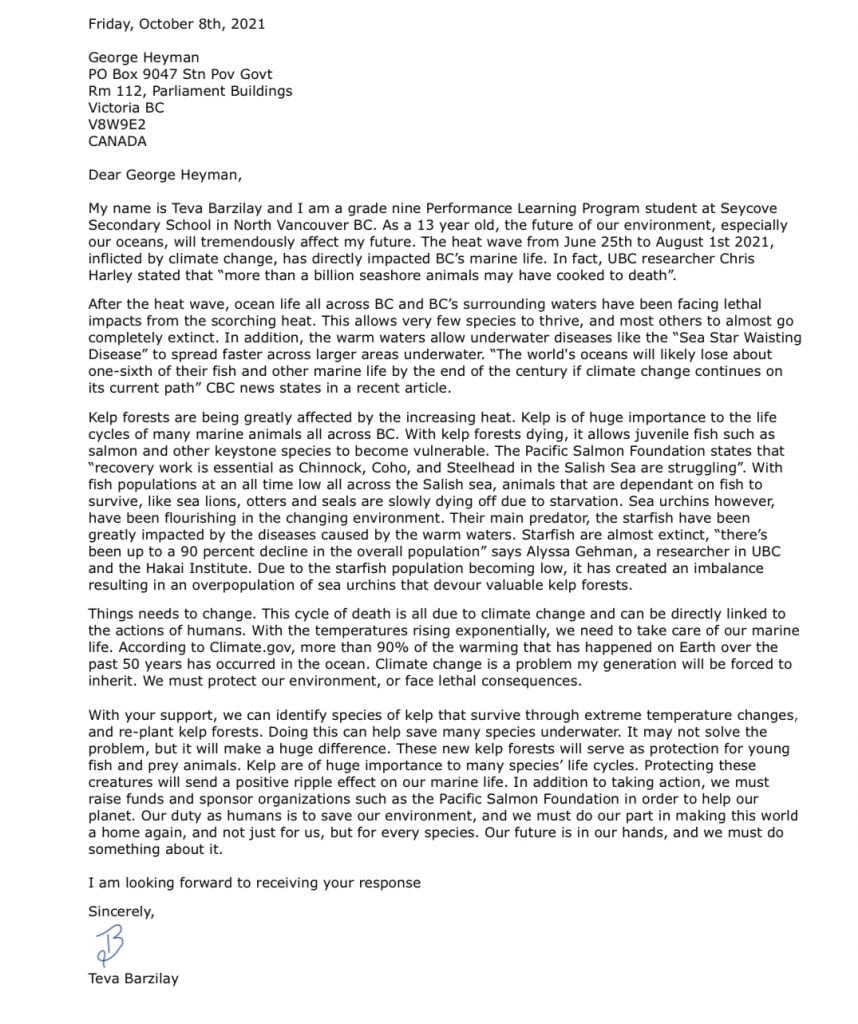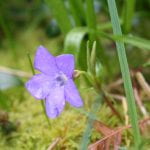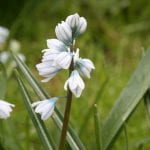🌲How Do People And The Environment Affect One Another?🌲
🌲Hello and welcome back to the forest of learning! In this post, I will be guiding you through the process of writing a letter to a person of power. Our letters will be focussing on standing up for the environment and initiating change on important environmental issues around BC. I chose to write my letter to George Heyman, the minister of the environment in BC. I feel that this project is extremely important as we are directly making a change through our writing. This project was right up my ally! I love writing and I especially enjoyed providing my personal perspectives on important matters regarding the environment.🌲
⬇️As always, we followed the project path throughout the course of the project⬇️

To start off the new project, we completed a commonlit assessment. This project is a PLP-commonlit collaboration, which means some of our assignments were through commonlit. In the beginning of the project, we completed an assessment. The assessment we completed in class was just to get an average reading level of the class. I personally enjoy reading, so I do like assignments like this! Assignments like these took place throughout the course of the project. Throughout the project, we read many short stories and articles focussing on environmental issues and teaching us important lessons that would help us with our letter.
Each story was also an assignment; we would answer multiple choice and writing response questions in order to solidify our knowledge. These were the texts we read in this project: “Lee Sherman and the Toxic Louisiana Bayou”,“He—y, Come on Ou—t!”, “Song for the Turtles in the Gulf”, “Quiet Town”, and “The Sea Also Rises”.
I enjoyed each one of these stories because they all taught me important lessons and most were very impactful in my final letter. I believe, in every short story assignment I expressed a sophisticated understanding of the curricular competencies “recognize the role of context and perspectives in text” and “use strategies to analyze text”. I believe this because in each assignment we had to analyze the text as well as identify context of evidence in each text and recognize perspectives in the story. Analyzing is vital, as, in order to understand the questions connecting to the text we must understand the text itself. In many assignments, we practiced providing context to evidence in texts. This was especially useful to learn for our letters. Another huge part in these assignments was to identify the perspectives in the text which also helped us with our letter. We practiced these competencies throughout the entire project, however, I believe I represented them best through these commonlit assignments.


With every start to a project, we always have questions! To spark some curiosity about what our project actually is, we read the project guide and developed some NTK’s! (Need to knows). NTK’s are important to get you interested in the project.

In the beginning of the project, I had the opportunity to go deeper in my learning. It was completely optional, and I am unsure if any other students also created one, but I personally created a keynote on the dangers of ingesting microplastics. In the activity, we were instructed to make a short keynote presentation about an environmental topic in the news. To be completely transparent, I was a bit disappointed that I didn’t get the chance to share it with my teachers. I did put a lot of effort into it and it did feel as though I put effort into something that didn’t really matter, but in the end, I am so happy I did it. I am very proud of myself for the work that I did, whether I was able to share it or not! 
In order to develop our own perspectives on the environment, we had to submit an essay with the prompt; “Are more people today protectors of nature or destroyers of nature?”. I wrote about how I believe people want to be protectors of nature, and genuinely try their best to take steps, but the majority of people are destroying nature. Every person, whether they are aware of it or not, is adding to the destruction of the environment. This topic is not very fun to write about as it focusses on topics that are not fun to think about, however, it was still interesting to write about a topic I am curious and passionate about!

After writing our essay, it was now time to begin the process of creating our letter! We came to class with ideas of potential topics for our letter. At first I wanted to write my letter about the disappearance of sea lions in North Vancouver, but found that there was not enough evidence and information to support that topic to create a strong letter. Instead, I ended up deciding that I would write about how the heat wave in Vancouver from June 25th to August 1st is affecting/has affected the marine life in BC and BC’s surrounding waters.

Once I had picked my topic, I went straight into researching. To help us with our letter in the future, we were instructed to create a research document including strong pieces of evidence with sources. Research is a vital part in writing anything using evidence. I take my research very seriously as it will be the foundation for my letter in the future. In my opinion, research is just as important as the writing itself.
⬇️Here is my research document:⬇️
🌲People and the Environment Research🌲
When the research document was completed, it was now time for our first milestone! This year, in PLP 9, milestones are different than they previously were. Last year, we had six to seven milestones and stepping stone activities in between to help us with our milestones. Milestones were “graded” and stepping stones were technically optional, but were very important to the project and were highly recommended. This year, instead of six to seven milestones, we had three. Each milestone consisted of activities similar to stepping stones that contributed to a final “grade”. Which means that you are now being assessed on your final product, as well as what you did to build to that final product.
Hopefully that explanation made sense, however it is time to get back on track! Now we are at our first milestone in the project. In this milestone, we had a “Letter Plan Conference” with our teacher. In this conference, we had to present our research document as well as explain our call to action, identify our audience, and provide general knowledge of our concept. We had to write down questions we had for the teacher, and they provided feedback and responded to our questions. I was still stuck on who my audience would be, and this conference allowed me to identify the audience of my letter!
⬇️Here was the feedback I received after my conference:⬇️

After the conferences, I felt confident with my letter plan. My foundation was strong, so writing the letter would become significantly easier. I also identified my audience, so I was very ready to start my first drat of my letter! Looking back, there are many flaws with my first draft, however I am still proud of it nonetheless.
⬇️Here is my first draft of my letter:⬇️

While in the process of writing our first drafts, our class was lucky enough to be able to interview Megan Curren and Dennis Thomas. Megan Curren is the Counsellor of the North Vancouver District. Megan used to own several small businesses in Deep Cove and is a huge advocate for the environment. Dennis Thomas is an elected councillor from Tsleil-Waututh Nation. Because this project revolves around people and the environment, it will be very valuable for us to hear from Dennis. He provides an Indigenous perspective on the environment of North Vancouver. Both of them were very interesting! We had the opportunity to ask questions and I learned so much. It was very interesting to hear their perspectives and we are so lucky to be able to meet with them!

After interviewing Dennis and Megan, it definitely helped me while looking over my letter for my second draft future revisions. In class, we participated in peer critique for our first draft. We were partnered up with one peer and were instructed to read their letter and give kind, helpful, and specific feedback. I was partnered up with Gabi (Go check out their blog!), and I really loved their letter! Their first draft was very well written, and I appreciated that they provided their own personal anecdotes and opinions in their letter. I critiqued their letter, and they critiqued mine!
⬇️Here was their feedback for me:⬇️

With my new feedback, I went to work. I revised my letter keeping in mind the perspectives that Dennis and Megan provided. While in the interview, I also payed attention to the vocabulary they were using. I found most vocabulary words they were using to be very applicable to my letter, and I found them very helpful. In my second draft, I believe I revised my letter the most our of every draft I did. However, It was much better than my first draft, and I am very proud of myself for how much I improved!

To help us with our letters, we also had two vocabulary sets that we learned in class. These two sets had eight words in total that we would study and later test our knowledge of them through commonlit. I already knew the words that were in both sets, so, I found these sets and quizzes to be unnecessary for me as I would have likely included most in my letter regardless of ‘learning’ them in class.
⬇️Here is a photo of vocabulary set #1⬇️

For draft three, we had another peer critique, however this time the feedback was given by a grade 11/12 student. I had never had my work critiqued by a student outside of my grade before, so it was very exciting! My feedback was from Zoe, a student in grade 11.
⬇️Here was Zoe’s feedback⬇️



After revising my letter, the teachers looked over it as well. There was some minor changes, but after fixing those, I was finished!
⬇️Here is my teacher’s feedback;⬇️

⬇️Here is my final letter!⬇️

While we were finishing up our letters, we completed our last milestone of the project. This milestone was “commonlit connections”. In the milestone, we were instructed to create a multi paragraph response to the question: “How do the themes and texts in this unit support the ideas and themes discussed in your letter?”. We needed to identify our own theme of our letter, as well as identify the theme of one text we read through commonlit. In class, we had 60 minutes to write our response. I chose to connect my letter to “The Song Of The Turtles” in my multi paragraph response. Here, I believe I expressed a sophisticated understanding of the curricular competency “recognize how texts use literary devices to enhance meaning”. I believe this because in our response, our main task was to connect the themes from both texts, and find a similar theme between the two. Identifying the theme is one of the many literary devices we used in this milestone, and I am overall very proud of my work.
The last step of this project was to print my letter and send it! Here is how my completed envelope looks like, ready to send!
please excuse my messy hand writing:
To celebrate our accomplishments and end this project off, as a class we went on a walk in the pouring rain to send off our letters! This was very fun as I felt very accomplished sending it off!
🌲 Overall, this project was very interesting. I really loved this project because we were able to make change hands-on and let our own voices and perspectives be heard. Although I loved the project as a whole, I feel that it wasn’t challenging enough for me, and I didn’t learn as much as I would have liked to. All in all, this project was very important because the changes we make now to help the environment will be affecting my future. So, how do people and the Environment affect one another? Well, in my opinion, people and the environment both affect each other in different ways. The environment affects us in so many ways, too many to list in fact. It affects how we live, breath and function. The environment impacts us in mostly, if not completely positive ways. However, people mainly affect the environment in negative ways. We take advantage of how much the environment provides us with, and we are abusing the thing that we rely on to keep us alive. This topic was difficult to learn about, as it is filled with fear and worry of what we might face in the future due to human action on this planet. But, that in mind, this was one of my favourite PLP projects so far. 🌲
As always, thank you for watching me grow in the forest of
🌲learning🌲
























Leave a Reply